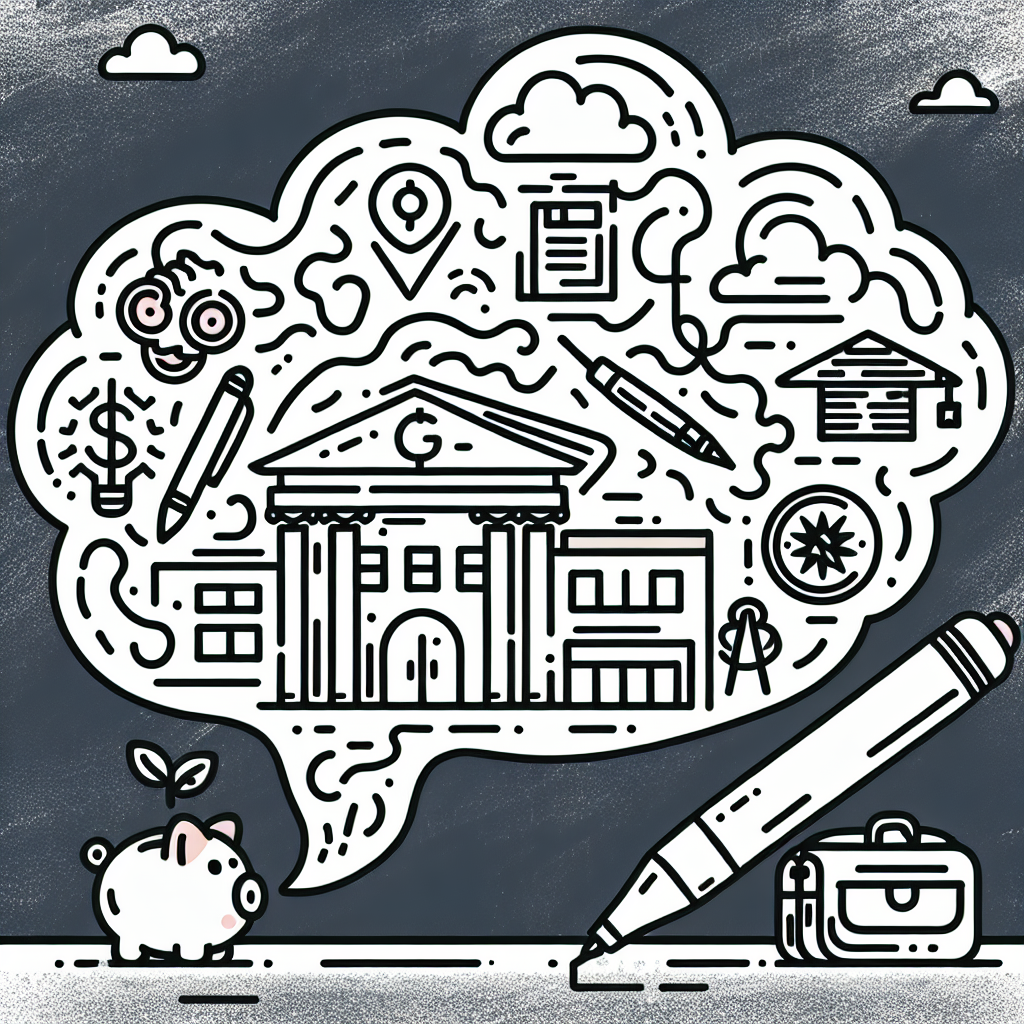Introduction
Student Life & Success is a multifaceted journey shaped by a range of interrelated factors. At its core, student life involves academic performance, personal development, and the influence of socio-economic conditions. Each of these dimensions plays a critical role in defining what success looks like for students across different levels of education.
Understanding Student Life & Success requires more than examining grades or graduation rates. It demands an awareness of the broader context in which students live and learn. Regional, demographic, and institutional disparities significantly affect outcomes, making it essential to consider how geography, race, gender, and the type of institution attended contribute to variations in student experiences and achievements.
To capture the full picture of Student Life & Success, this article draws on national data sets and peer-reviewed research. This evidence-based approach enables a comprehensive analysis of the factors that influence student outcomes and highlights patterns and gaps that might otherwise remain hidden. By doing so, it provides a solid foundation for understanding and addressing the challenges faced by diverse student populations.

Academic Milestones Across Locales
High School Graduation Rates (2019–20)
High school graduation rates vary significantly across different locales, highlighting key aspects of student life & success. According to data from the National Center for Education Statistics, in the 2019–20 academic year:
- Rural areas had the highest graduation rate at 90%
- Suburban areas followed closely with 89%
- Towns reported a rate of 87%
- Cities had the lowest graduation rate at 82%
Trends and Implications
The higher graduation rates in rural and suburban areas suggest the presence of supportive factors that positively influence student life & success. In rural communities, strong community engagement and smaller class sizes may foster closer student-teacher relationships and more individualized support. Suburban districts often benefit from greater resource availability and parental involvement, both of which contribute to academic achievement.
Conversely, urban areas face distinct challenges that can hinder student progress. Larger class sizes, higher student-to-teacher ratios, limited access to resources, and socioeconomic disparities contribute to lower graduation rates. These conditions can affect student engagement and increase dropout risks.
Understanding these patterns has important policy implications. Efforts to improve student life & success in cities might include increasing funding for urban schools, implementing mentorship programs, and addressing barriers outside the classroom such as housing instability and food insecurity. Policymakers can use locale-specific data to develop targeted interventions that promote educational equity and improve outcomes for all students.

Postsecondary Readiness and Enrollment
Plans After High School
Postsecondary readiness is a key component of student life & success. According to data from the National Center for Education Statistics, 68% of rural students plan to pursue postsecondary education, compared to 74% of suburban students (Source). These figures highlight geographic differences in postsecondary aspirations, which can influence long-term educational and career outcomes.
Barriers to Enrollment
Despite strong intentions, many students face obstacles that hinder postsecondary enrollment. Financial constraints remain a significant barrier, particularly for students from low-income families. Limited access to school counseling services can also impede college planning, especially in rural and underserved communities. Geographic isolation may further restrict exposure to higher education options, decreasing awareness and shaping different aspirations among students. These challenges contribute to disparities in student life & success across regions.
Supporting Transitions
To address these barriers, various programs aim to support students in transitioning from high school to postsecondary education. Initiatives like dual enrollment, which allows students to earn college credit while still in high school, have been shown to increase college readiness. College bridge programs provide additional academic and social support during the transition to college. These strategies play a vital role in promoting equitable access to postsecondary education and enhancing overall student life & success.

Educational Attainment in Adulthood
Bachelor’s Degree or Higher (2019)
In 2019, educational attainment differed significantly by geographic location. Among adults aged 25 and older, only 25% of those living in rural areas held a bachelor's degree or higher. In contrast, 37% of adults in suburban and urban areas had achieved the same level of education (Source). This gap highlights disparities in access to higher education and related opportunities across different communities.
Long-Term Implications
Educational attainment in adulthood influences multiple aspects of student life & success beyond formal schooling years. Individuals with a bachelor’s degree or higher are more likely to secure stable employment, earn higher incomes, and experience better health outcomes. These benefits extend beyond personal gains, contributing to broader regional economic development. Areas with higher levels of educational attainment often attract more businesses, experience lower unemployment, and provide stronger support services. Therefore, promoting access to higher education plays a critical role in fostering both individual and community-level success.

IV. Postsecondary Persistence and Completion
A. Key Metrics from Longitudinal Study (2011–12 Cohort)
Data from the National Center for Education Statistics (NCES) longitudinal study of the 2011–12 cohort provides insight into long-term trends in student persistence and completion. Over a six-year period, 60% of students who began postsecondary education in 2011–12 had earned a degree or certificate by 2017. Approximately 13% were still enrolled without a credential, while 27% had left without completing a program. Rates of transfer were also significant, with nearly one-third of students switching institutions during their academic journey. These patterns reflect the complexity of student life & success in postsecondary education Source.
B. Factors Affecting Persistence
Several factors influence whether students persist and complete their postsecondary education. Institutional support services such as tutoring, counseling, and early alert systems play a pivotal role in supporting student life & success. Socioeconomic background is also a major determinant—students from low-income families or those who are the first in their families to attend college often face additional barriers. Enrollment status matters as well; part-time students typically have lower persistence rates than their full-time counterparts due to competing work and family responsibilities.
C. Strategies to Improve Completion Rates
Institutions are adopting multiple strategies to enhance student life & success and improve completion rates. Effective academic advising and mentoring programs help students stay on track toward their goals. Financial aid support, including grants and emergency funds, can alleviate economic pressures that lead to dropout. Additionally, flexible learning models such as online and hybrid courses accommodate students' diverse needs, making it easier to balance academics with other life demands.

Equity and Inclusion in Education
Overview of NCES Equity in Education Dashboard
The National Center for Education Statistics (NCES) Equity in Education Dashboard provides critical insights into how student outcomes vary across demographic lines including race, gender, disability status, and socioeconomic background. The dashboard reveals persistent gaps that affect student life & success, particularly in areas such as academic achievement, school engagement, and access to educational opportunities. These disparities highlight systemic barriers that impact a student’s ability to thrive in educational environments. Source
Key Findings
The dashboard identifies several key inequities: students from marginalized backgrounds often have limited access to advanced coursework, experienced educators, and well-resourced schools. These limitations restrict their academic growth and long-term success. Additionally, data shows that students of color and those with disabilities face disproportionately high rates of disciplinary actions and are more likely to drop out of school. These patterns reinforce existing inequalities and hinder equitable student life & success.
Moving Toward Educational Equity
To promote student life & success, the NCES suggests several policy recommendations. Equitable funding models can help ensure that all schools have the resources they need. An inclusive curriculum that reflects diverse histories and perspectives can foster engagement and belonging. Anti-bias training for educators is also essential to reduce disparities in discipline and academic expectations. Some school districts have begun implementing these strategies, leading to notable improvements in graduation rates and student engagement, demonstrating that meaningful progress toward educational equity is possible.

The Broader Student Experience
Mental Health and Wellbeing
Mental health challenges are becoming increasingly common among students across all levels of education. Rising academic pressures, social dynamics, and external stressors such as economic instability contribute to elevated rates of anxiety, depression, and burnout. Schools play a critical role in addressing these issues by offering access to counseling services, peer support programs, and wellness initiatives. By integrating mental health education into the curriculum and creating supportive environments, institutions can help reduce stigma and improve overall student wellbeing—key components of long-term Student Life & Success.
Extracurricular Engagement
Active participation in extracurricular activities—including sports, arts, clubs, and community service—has been shown to positively influence both academic performance and social development. These activities offer students opportunities to build leadership skills, strengthen peer relationships, and foster a sense of belonging. Research indicates a strong correlation between extracurricular involvement and higher levels of student engagement, self-esteem, and overall satisfaction with the educational experience. Encouraging such participation is essential for a holistic approach to Student Life & Success.
Technology and Learning Environments
Digital tools and remote learning models have transformed the educational landscape, offering greater flexibility and access to resources. However, this shift also highlights disparities in technology access, particularly in rural and low-income communities. The digital divide affects students' ability to fully engage with learning platforms, complete assignments, and participate in virtual classrooms. Schools must address these inequities by investing in infrastructure, providing devices, and ensuring reliable internet access to support equitable Student Life & Success.

Conclusion
Student Life & Success is shaped by a complex interplay of academic, social, and structural factors. Academically, access to quality instruction, support services, and meaningful curriculum forms the foundation for achievement. Socially, connections with peers, faculty, and supportive networks influence student engagement and well-being. Structurally, policies around funding, campus safety, and accessibility can either foster or hinder equitable opportunities.
A holistic, equity-driven approach is essential to advancing Student Life & Success. This means recognizing and addressing disparities across race, socioeconomic status, and ability, while ensuring all students have the tools and support necessary to thrive. Equity must be embedded in institutional practices, teaching strategies, and campus culture.
Educators, policymakers, and communities all have a role in creating environments where every student can succeed. Prioritizing inclusive policies, investing in student support systems, and fostering a culture of belonging are vital steps toward meaningful, long-lasting change.

References
- NCES Educational Outcomes by Locale — This report provides detailed data on how educational outcomes vary by geographic location, contributing valuable insights into how locale influences student life & success.
- Persistence and Attainment Statistics — This resource outlines key statistics on student persistence and degree attainment, offering important context for understanding patterns in student life & success.
- Equity in Education Dashboard — This interactive dashboard highlights disparities in educational access and outcomes, offering critical data relevant to equity in student life & success.














